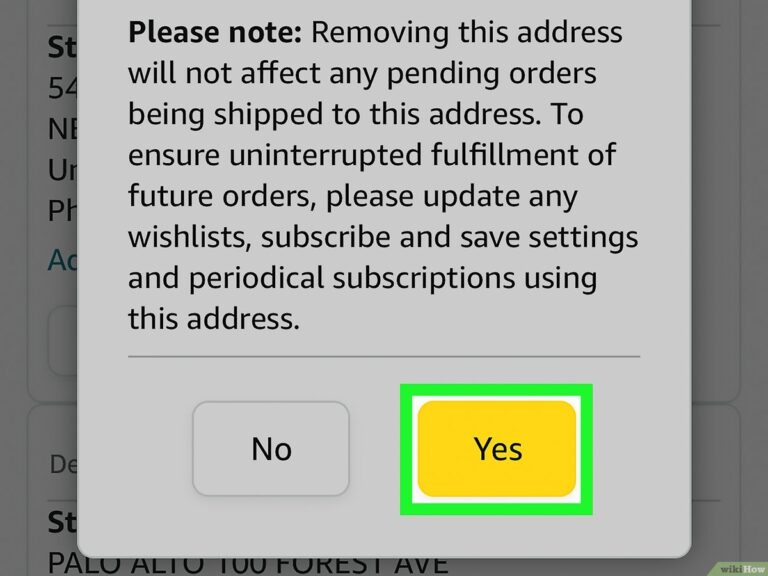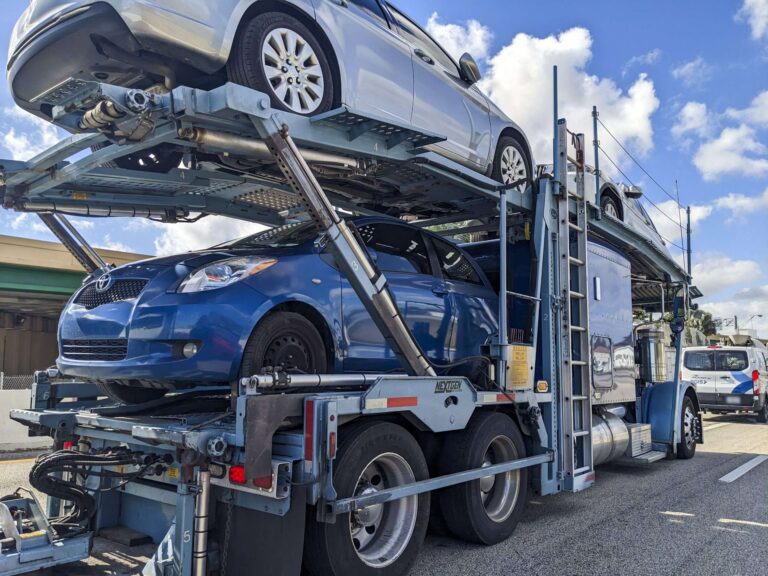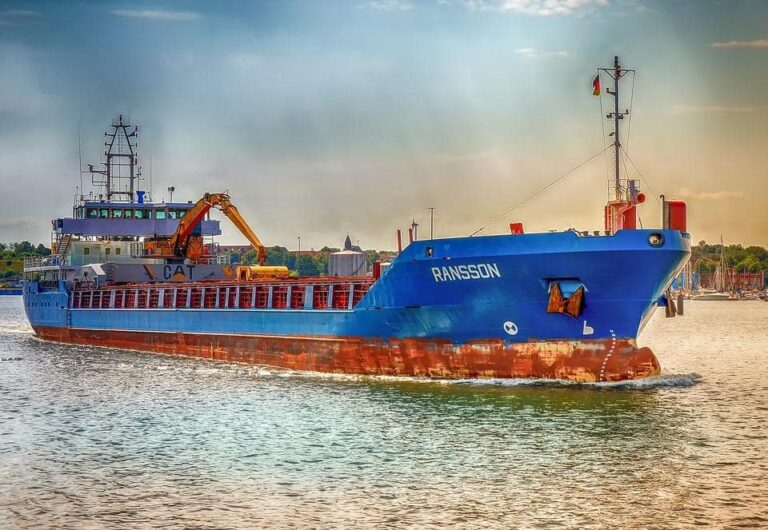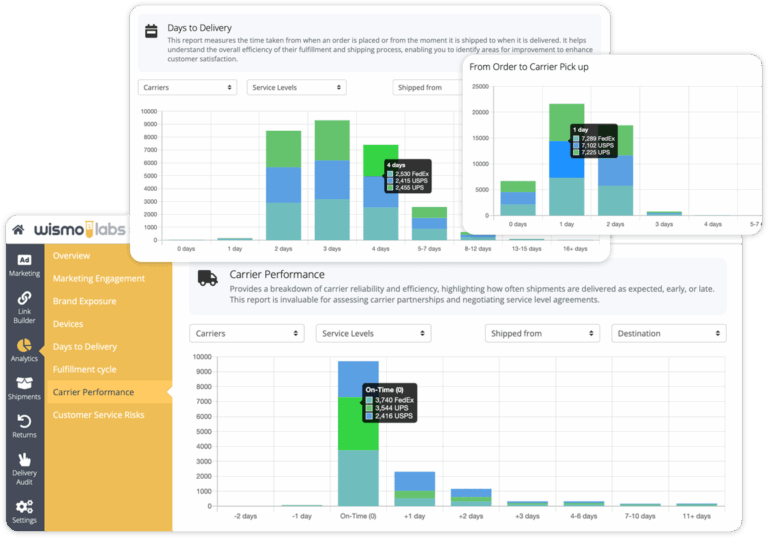China Shipping to USA: Costs, Services, and Key Considerations
The United States, the world’s largest economy, is a major import market for Chinese goods, with $536 billion in imports in 2024, including electronics, apparel, and machinery. Users searching for “China shipping to USA” seek insights on costs, reliable providers, and navigating complex customs regulations, including U.S. tariffs on Chinese goods. This guide explores sea and air freight options, includes a detailed comparison table, and offers practical tips for efficient, cost-effective shipping from China to the USA, addressing challenges like tariffs, port congestion, and transit delays.
Shipping Options from China to USA
Shipping from China to the USA primarily involves sea freight and air freight, with sea freight being the most common due to cost efficiency for bulk goods. Sea freight includes Full Container Load (FCL), Less than Container Load (LCL), and Roll-On/Roll-Off (RoRo) for vehicles or oversized cargo. Air freight covers bulk air cargo and small parcel express services. Below, we outline these options to help you choose the best method.
Sea Freight: Cost-Effective for Large Shipments
Sea freight is ideal for bulk or heavy cargo, with major U.S. ports like Los Angeles, Long Beach, and New York/New Jersey handling most traffic. China’s key ports include Shanghai, Shenzhen, and Ningbo.
Full Container Load (FCL)
FCL provides exclusive use of a 20-foot (33.2 cubic meters) or 40-foot (67.7 cubic meters) container, suitable for shipments filling at least 50–60% of a container. From Shanghai to Los Angeles, a 40-foot FCL costs $2,000–$3,500, with 15–25 day transit, based on Freightos data. Costs vary by season, with peak rates during Q3–Q4. Additional fees (e.g., drayage, port charges) may add $500–$1,000.
Less than Container Load (LCL)
LCL consolidates smaller shipments, with costs based on volume (per cubic meter) or weight. It’s ideal for shipments under 15 cubic meters. From Shenzhen to Long Beach, a standard pallet (48″ x 40″ x 48″) costs $80–$150 per cubic meter, with 20–30 days. LCL may face longer handling times due to consolidation.
Roll-On/Roll-Off (RoRo)
RoRo is used for vehicles or heavy equipment. From Shanghai to Los Angeles, a standard vehicle costs $1,500–$3,000, with 15–25 days. Costs depend on size, weight, and port fees. Contact providers like COSCO Shipping for quotes.
Air Freight: Speed for Urgent Shipments
Air freight is faster but more expensive, ideal for high-value or time-sensitive goods. Key U.S. airports include Los Angeles (LAX), New York (JFK), and Chicago (ORD), with Chinese hubs like Shanghai (PVG) and Guangzhou (CAN).
Bulk Air Cargo
Bulk air cargo suits larger shipments, with transit times of 3–7 days. Costs are based on actual or volumetric weight (length x width x height in cm ÷ 6000), averaging $3.50–$5.50/kg, per Freightos. A 150 lbs shipment costs $200–$400, depending on carrier and season.
Small Parcel Express Services
Express couriers like China Post, FedEx, UPS, DHL, and Cainiao Express are ideal for small parcels. China Post delivers 1 kg packages for $15–$25, with 15–30 days. FedEx International Priority costs $30–$60 for 1–5 lbs, with 2–5 days. Cainiao Express offers 1 kg parcels at $30–$40 USD (216–288 RMB) for 15–30 days, estimated based on regional pricing (e.g., Puerto Rico: 267 RMB). DHL Express costs $40–$80 for 1–5 kg, with 2–5 days.
Comparison of Shipping Options
Below is a comparison table of shipping options from China to the USA, designed for clarity and visual appeal.
| Mode | Cost (Example) | Transit Time | Suitability |
|---|---|---|---|
| FCL (40-foot) | $2,000–$3,500 (Shanghai–Los Angeles) | 15–25 days | Large shipments (e.g., machinery, apparel) |
| LCL | $80–$150 per cbm (Shenzhen–Long Beach) | 20–30 days | Smaller shipments under 15 cbm |
| RoRo | $1,500–$3,000 (vehicle) | 15–25 days | Vehicles, heavy equipment |
| Bulk Air Cargo | $3.50–$5.50/kg (150 lbs: $200–$400) | 3–7 days | High-value, time-sensitive goods |
| Express (China Post) | $15–$25 (1 kg) | 15–30 days | Small parcels, budget-friendly |
| Express (Cainiao) | $30–$40 (1 kg) | 15–30 days | E-commerce, cost-effective |
| Express (FedEx/UPS) | $30–$60 (1–5 lbs) | 2–5 days | Urgent parcels, documents |
| Express (DHL) | $40–$80 (1–5 kg) | 2–5 days | High-priority small shipments |
Notes: Costs are estimates based on web data (e.g., Freightos, Easyship) and may vary by carrier, season, and route. “cbm” = cubic meter. Cainiao Express pricing is estimated based on regional data (e.g., Puerto Rico), with adjustments for US logistics.
Selecting a Service Provider
Choosing a provider with China-USA expertise is critical due to tariffs and customs complexity. Below are key players and their offerings:
- Freightos: A digital platform for comparing FCL/LCL rates, with real-time tracking and customs support. Offers rates like $2,000–$3,500 for a 40-foot FCL.
- Easyship: Compares express rates, with China Post at $15–$25 for 1 kg (15–30 days) and FedEx at $30–$60 for 2–5 days.
- Cainiao Express: Provides cost-effective air freight for e-commerce, with rates like $30–$40 for 1 kg (15–30 days).
- COSCO Shipping: Offers reliable FCL and RoRo services, with competitive rates and extensive port coverage.
- Flexport: Specializes in FCL, LCL, and air freight, with digital tools for tracking and customs clearance.
- ShipBob: Focuses on e-commerce, offering express options via FedEx, UPS, and DHL, ideal for small businesses.
- Zion Shipping: Provides tailored solutions, including customs brokerage and rate calculators.
Compare quotes and prioritize providers with U.S. customs expertise and robust tracking systems.
Customs and Regulations
U.S. customs, managed by U.S. Customs and Border Protection (CBP), are stringent, especially for Chinese goods due to tariffs. Key considerations include:
Documentation
- Required Documents: Commercial Invoice, Bill of Lading, Packing List, Certificate of Origin (if applicable), and CBP Entry Summary (Form 7501). A Power of Attorney is needed for customs brokers.
- ISF (Importer Security Filing): Mandatory for sea freight, filed 24 hours before vessel departure. Non-compliance incurs fines up to $5,000.
- Accuracy: Errors in HS codes or valuation trigger delays or penalties. Use a customs broker like Flexport or Zion Shipping.
Taxes and Duties
The U.S. uses the CIF method for tax calculations, with a $800 de minimis for duties and taxes on personal shipments.
- Import Duty: 0–25%, based on Harmonized Tariff Schedule (HTS) codes. Chinese goods face additional Section 301 tariffs (7.5–25%, e.g., 25% on electronics).
- Merchandise Processing Fee (MPF): 0.3464% of shipment value ($27.23–$528.33 per entry).
- Harbor Maintenance Fee (HMF): 0.125% of value for sea freight.
- Free Trade Agreements: Not applicable for China, but transshipments via USMCA partners (e.g., Mexico) may reduce duties if compliant.
Restricted/Prohibited Items
Prohibited items include narcotics, counterfeit goods, and certain agricultural products. Restricted items (e.g., electronics, textiles) require FDA or FCC compliance. Check the CBP website for updates.
Clearance Time
Typically 1–5 days for express couriers, 5–10 days for sea freight. Delays occur due to CBP inspections for tariff compliance or intellectual property violations.
Key Considerations and Challenges
China-to-USA shipping faces unique challenges due to trade tensions and logistical constraints.
Logistics Challenges
- Port Congestion: Los Angeles/Long Beach face delays (3–10 days) during peak seasons (e.g., Q3–Q4), per X posts.
- Transit Delays: Sea freight (15–30 days) is slower than air (2–7 days). Cainiao Express (15–30 days) is cost-effective but slower for small parcels.
- Package Security: Untracked parcels via China Post risk loss. Use tracked services like FedEx/UPS/DHL.
- Carrier Reliability: Some providers (e.g., Yanwen) have inconsistent delivery, per X complaints. Choose reputable carriers like COSCO or Cainiao.
Seasonal and Economic Factors
- Peak Seasons: Lunar New Year (Jan–Feb) and U.S. holidays (e.g., Black Friday) increase rates and delays. Book 4–6 weeks early.
- Tariffs: Section 301 tariffs raise costs for Chinese goods (e.g., 25% on $200 billion of imports). Transshipping via third countries (e.g., Vietnam) may mitigate but risks penalties if misdeclared.
- Trade Tensions: U.S.-China relations impact shipping reliability, with potential for new tariffs or restrictions, per trade.gov.
Cost-Saving Tips
- Consolidation: Use Easyship or ShipBob to combine packages, reducing costs.
- Compare Quotes: Platforms like Freightos and Easyship offer real-time rates.
- De Minimis: Keep personal shipments under $800 to avoid duties/taxes.
- Customs Broker: Partner with Flexport or Zion Shipping for accurate documentation and faster clearance.
Conclusion
Shipping from China to the USA requires navigating tariffs, customs, and logistical challenges. Sea freight (FCL: $2,000–$3,500, LCL: $80–$150/cbm, RoRo: $1,500–$3,000) suits large shipments, while air freight (express: $15–$80, bulk: $3.50–$5.50/kg) is ideal for urgent goods. Providers like Freightos, Easyship, and Cainiao Express ($30–$40, 15–30 days) offer tailored solutions. By leveraging customs expertise, comparing rates, and planning for peak seasons, you can ensure efficient, cost-effective shipping to the USA.
For quotes, contact Freightos (freightos.com), Easyship (easyship.com), or COSCO Shipping (en.coscoshipping.com). Plan today for a seamless shipping experience.



